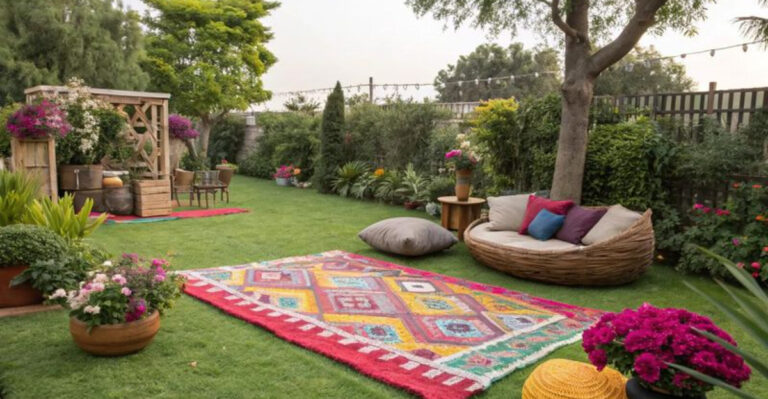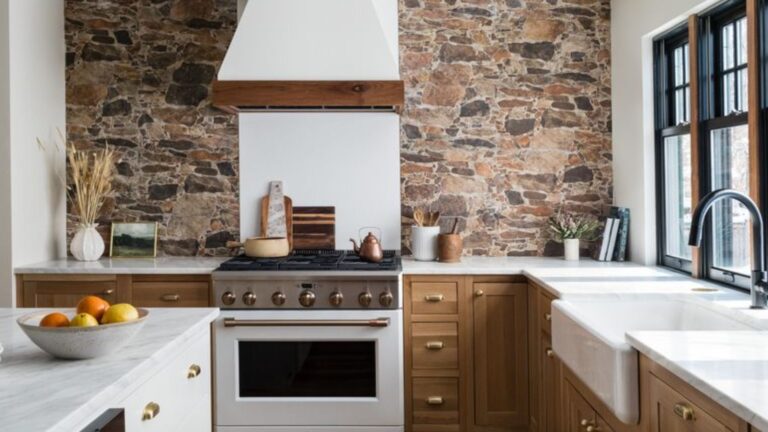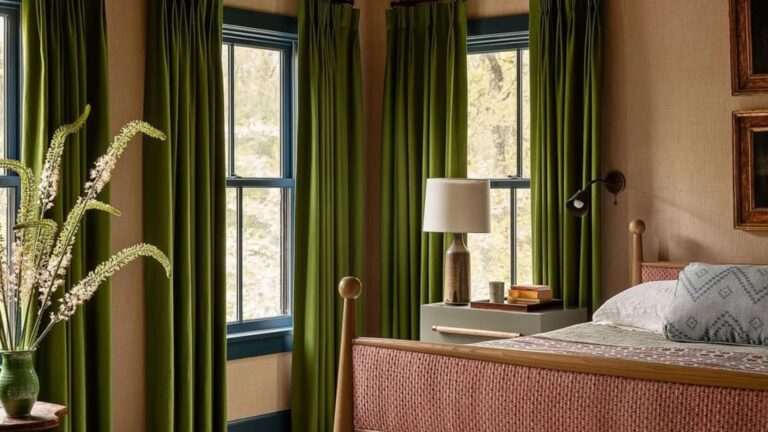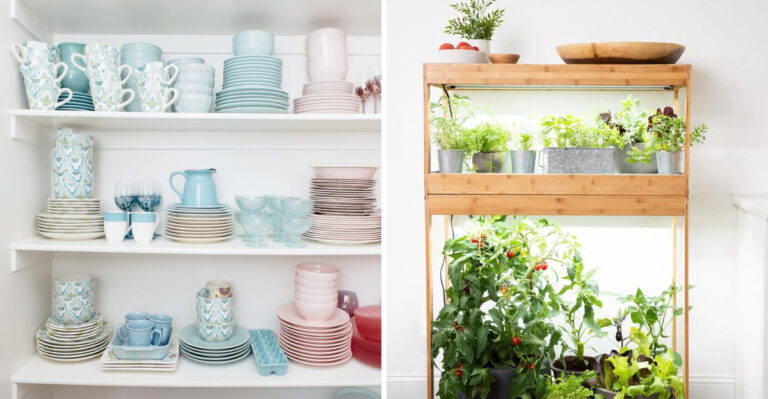10 Reasons These Classic Home Features Are Coming Back In Style Plus 5 We’re Sending Off
Home design, like fashion, runs in cycles. What was once outdated can suddenly become the hottest trend on every homeowner’s wishlist.
Today’s designers are embracing nostalgic elements while saying goodbye to trends that no longer serve our modern lifestyles. Let’s explore which classic features are making triumphant comebacks and which ones we’re happily leaving in the past.
1. Crown Molding Makes a Royal Return
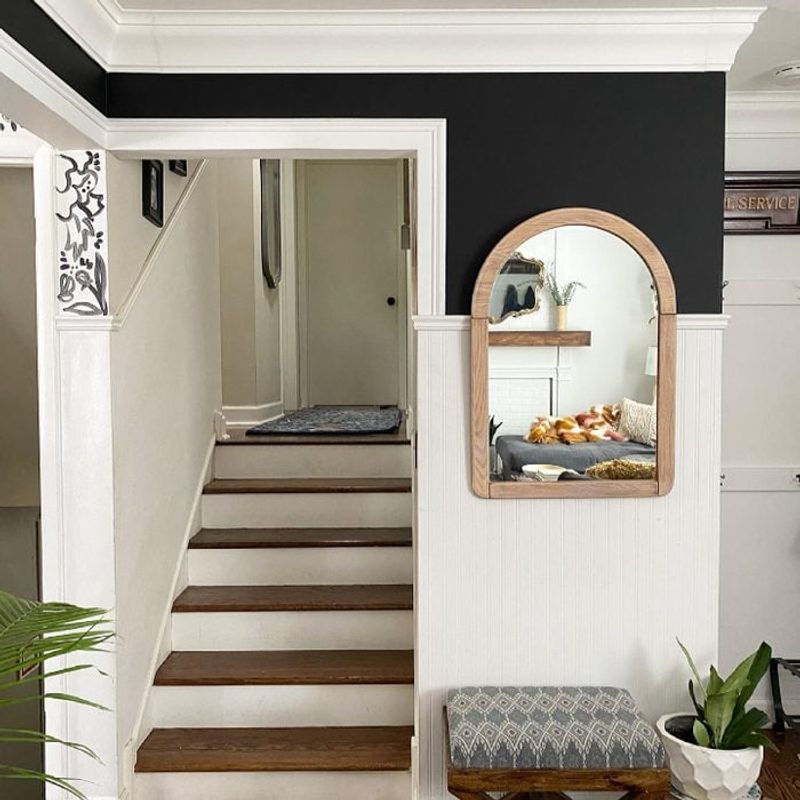
Remember those elegant ceiling borders in grandma’s house? They’re back with a vengeance! Modern homeowners are rediscovering how these architectural details instantly elevate a room’s character.
Unlike the ornate versions of yesteryear, today’s crown molding comes in sleek, simplified profiles that complement contemporary spaces. Even minimalist designers are incorporating these classic trims for that perfect finishing touch.
2. Wood Paneling Sheds Its Dated Image

Gone are the dark, glossy panels that dominated basements in the 70s. Today’s wood paneling has undergone a sophisticated makeover with lighter finishes and thoughtful applications.
Homeowners are installing vertical shiplap, wainscoting, and accent walls that add warmth without overwhelming spaces. When painted in contemporary colors or left in natural blonde tones, these wooden elements bring texture and character to otherwise plain walls.
3. Vintage-Inspired Wallpaper Creates Drama
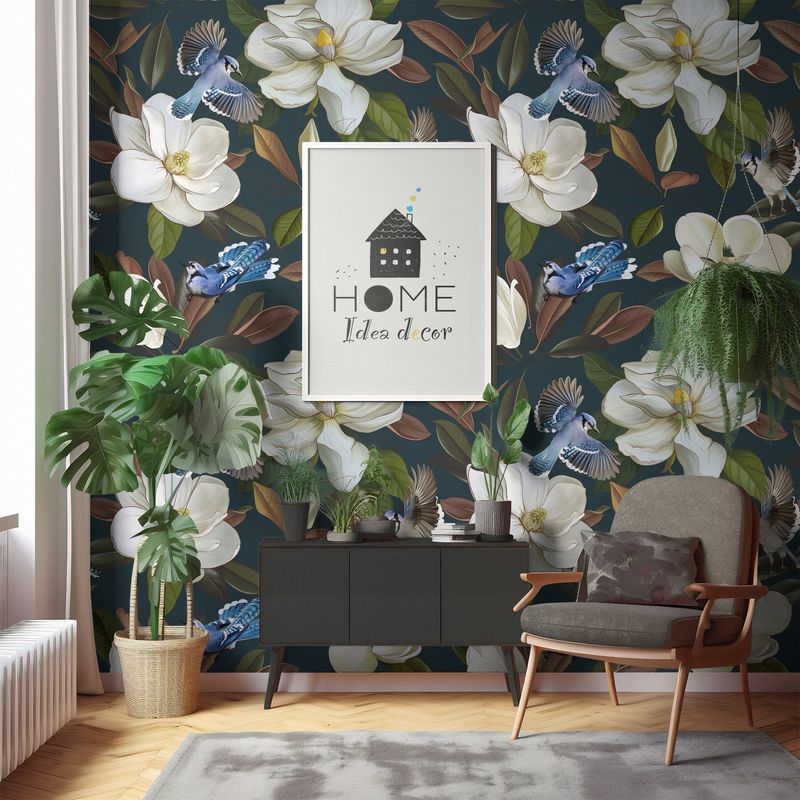
Wallpaper is experiencing a renaissance that would make your great-aunt smile! No longer relegated to country cottages, today’s patterns range from subtle textures to bold botanical prints.
What’s different this time around? Improved adhesives make application and removal infinitely easier. Designers are using wallpaper strategically – creating accent walls, lining the backs of bookshelves, or transforming ceilings into conversation pieces rather than covering entire rooms.
4. Butler’s Pantries Serve Up Functionality
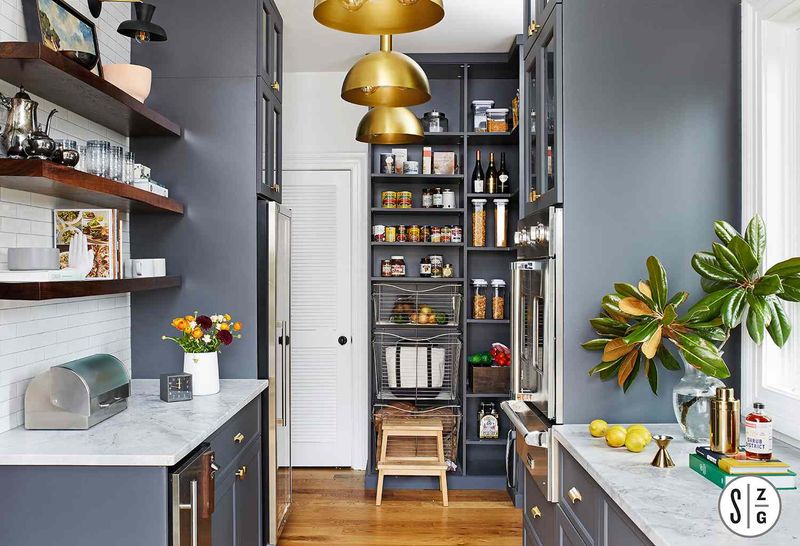
While open concept remains popular, homeowners are carving out specialized spaces again. Butler’s pantries – those dedicated prep and storage areas between kitchen and dining room – are making a stylish comeback.
These hardworking spaces hide kitchen mess from guests while providing extra storage and prep surfaces. Modern versions feature wine fridges, coffee stations, and additional dishwashers, making entertaining effortless while keeping the main kitchen pristine.
5. Pocket Doors Slide Back Into Favor

Space-saving solutions never go out of style! Pocket doors, which disappear into wall cavities when open, are being rediscovered by homeowners looking to maximize every square foot.
Unlike their sticky, unreliable ancestors, today’s pocket door hardware systems glide smoothly and lock securely. Architects are incorporating these clever space-savers in bathrooms, laundry rooms, and home offices where traditional swinging doors would waste valuable floor space.
6. Separate Dining Rooms Host Gatherings Again
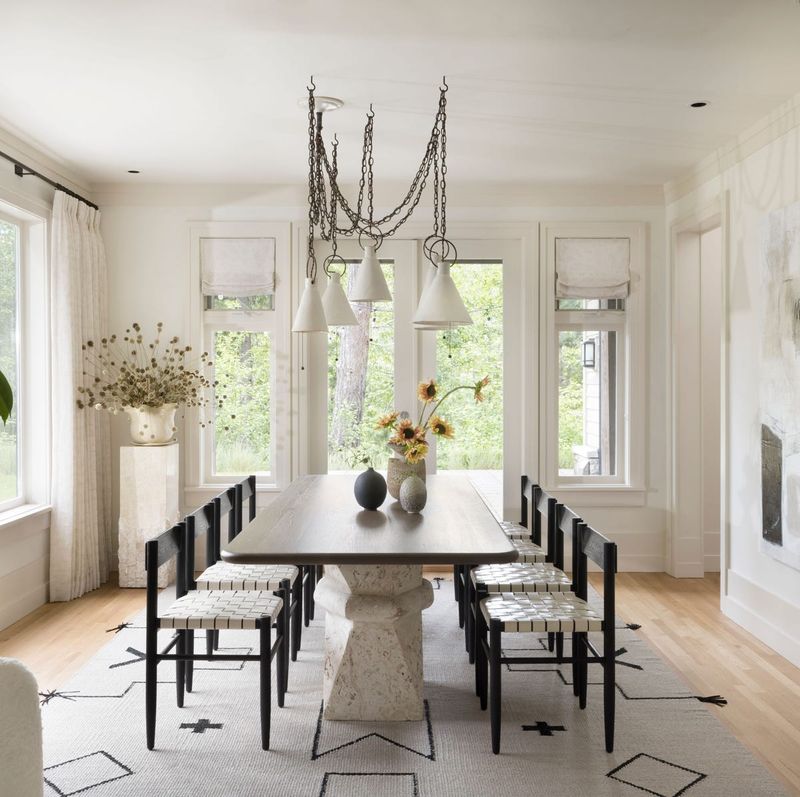
After decades of knocking down walls for open concept living, dedicated dining spaces are staging a comeback. The pandemic reminded us how valuable separate rooms can be when multiple activities happen simultaneously under one roof.
Today’s dining rooms aren’t stuffy or formal – they’re flexible spaces that double as homework stations or work-from-home setups. Bold paint colors, statement lighting, and comfortable seating make these rooms inviting rather than intimidating.
7. Plaster Walls Texture Modern Homes

Smooth drywall is getting a run for its money as homeowners rediscover the depth and character of plaster. This ancient technique creates subtle texture variations that catch light beautifully throughout the day.
Applications include Venetian plaster, lime wash, and tadelakt (a waterproof Moroccan plaster). Plaster treatments offer sophisticated, organic surfaces that add visual interest without overwhelming a space.
8. Antique Furniture Mixes With Modern Pieces
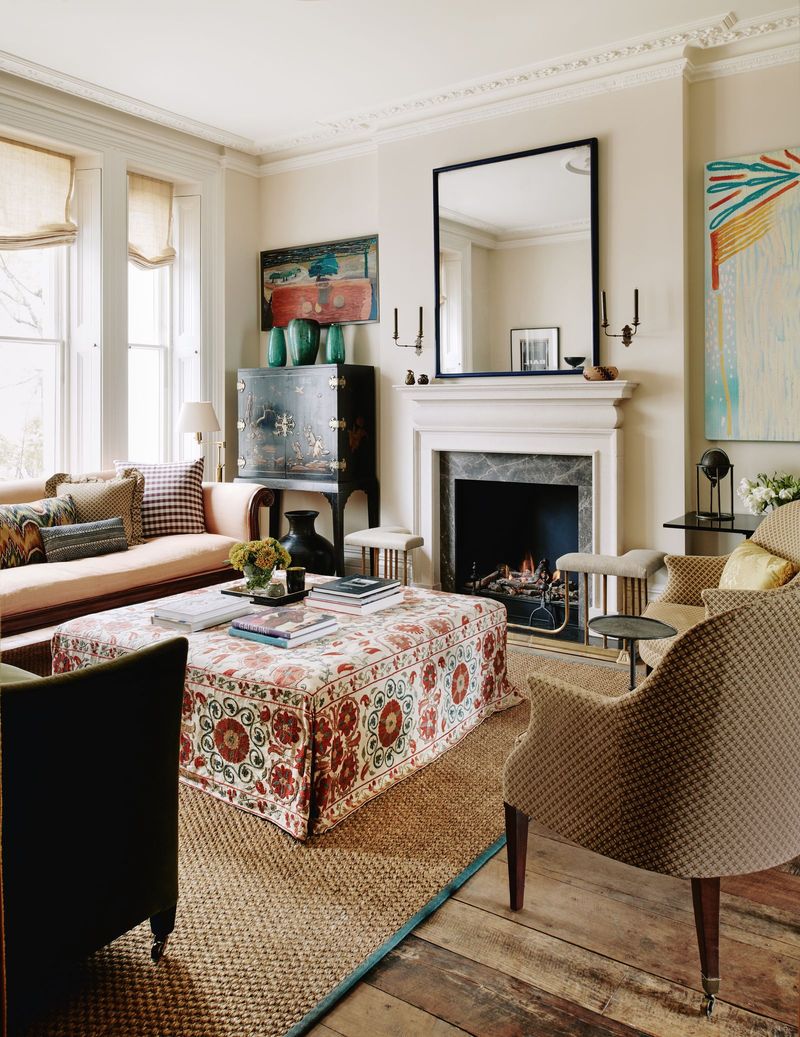
Grandma’s sideboard is having a moment! Sustainability concerns and supply chain issues have homeowners scouring estate sales and vintage shops for well-made furniture with history.
The key to this trend is selective mixing rather than matching suites. A Victorian dresser looks fresh alongside a minimalist bed, while mid-century chairs complement contemporary dining tables. These character-filled pieces add soul to otherwise new spaces.
9. Stained Glass Adds Colorful Charm
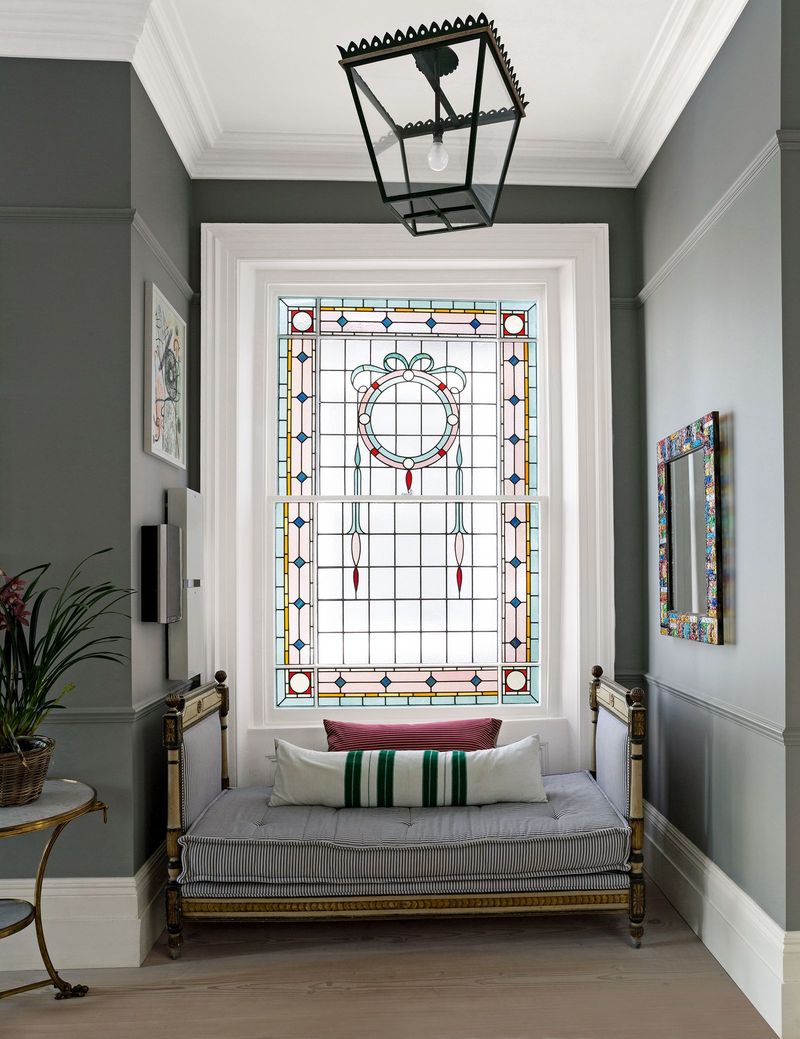
Jewel-toned light is filtering back into homes as stained glass makes its decorative return. Unlike the elaborate church-style windows of yesteryear, today’s interpretations feature geometric patterns and subtle color palettes.
People are incorporating these artisanal elements in unexpected places – bathroom windows, front door transoms, and even as hanging panels that catch light. The handcrafted nature of stained glass appeals to those seeking one-of-a-kind details in an era of mass production.
10. Built-In Bookshelves Showcase Personality

In our digital age, physical books and personal collections are becoming status symbols again. Custom built-in shelving is returning as homeowners seek to display their treasures and interests rather than hiding everything away.
Built-ins now feature integrated lighting, contrasting back panels, and varied compartment sizes. These architectural elements create focal points while solving storage needs in living rooms, home offices, and bedrooms.
11. Goodbye to All-White Kitchens
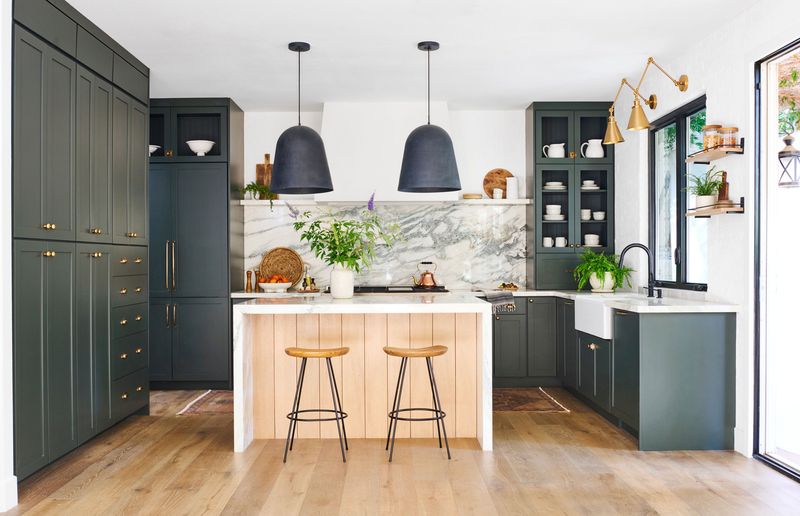
After a decade-long reign, the pristine all-white kitchen is finally fading away. Homeowners have discovered these clinical spaces show every speck and lack the warmth that cooking spaces traditionally provide.
Now, kitchens embrace color through painted cabinets, contrasting islands, and warmer wood tones. Even white-lovers are incorporating texture through veined countertops, handmade tiles, and mixed metals rather than the stark, uniform look that dominated the 2010s.
12. Farewell to Barn Doors on Tracks
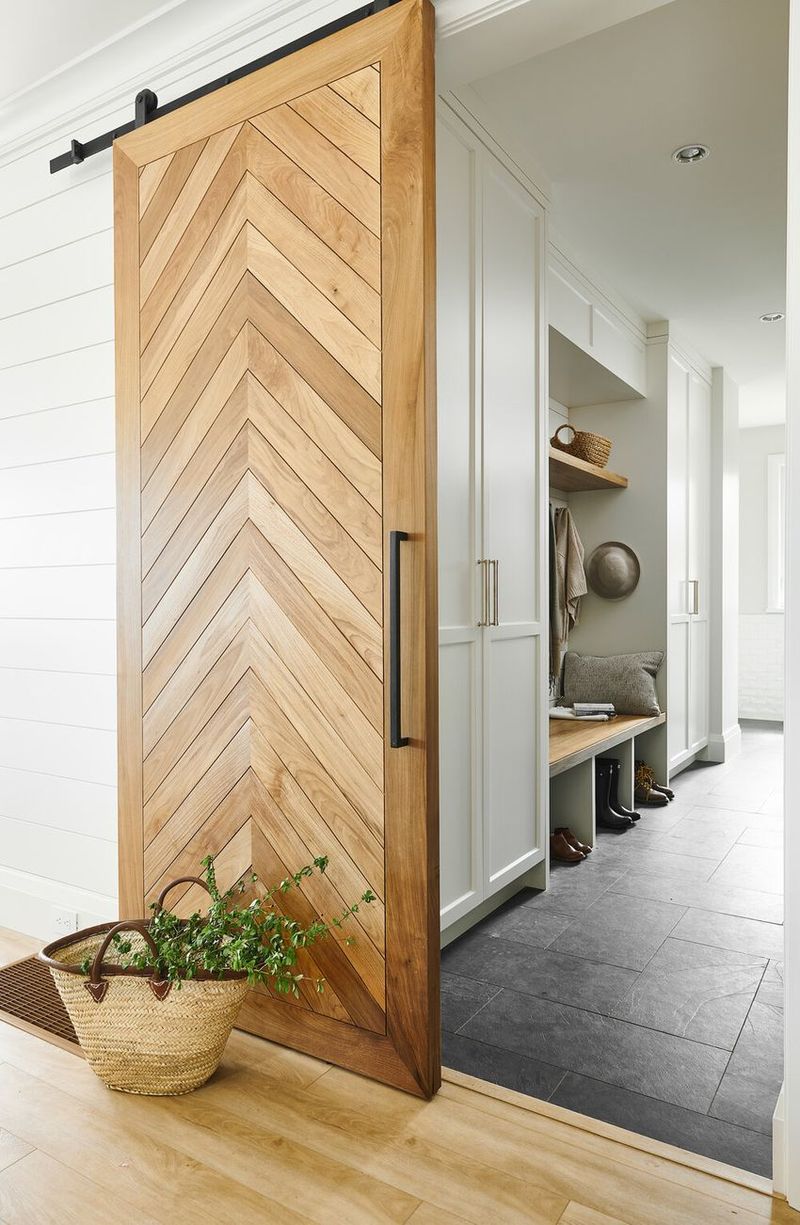
The farmhouse trend brought sliding barn doors into urban apartments and suburban homes where they never quite belonged. Now this trendy feature is rolling away as homeowners recognize their practical limitations.
These doors never sealed properly, offered minimal sound privacy, and took up wall space in their open position. Designers are returning to properly-sized swinging doors or pocket doors that actually function as intended rather than serving as decorative statements.
13. Open Shelving Closes Up Shop
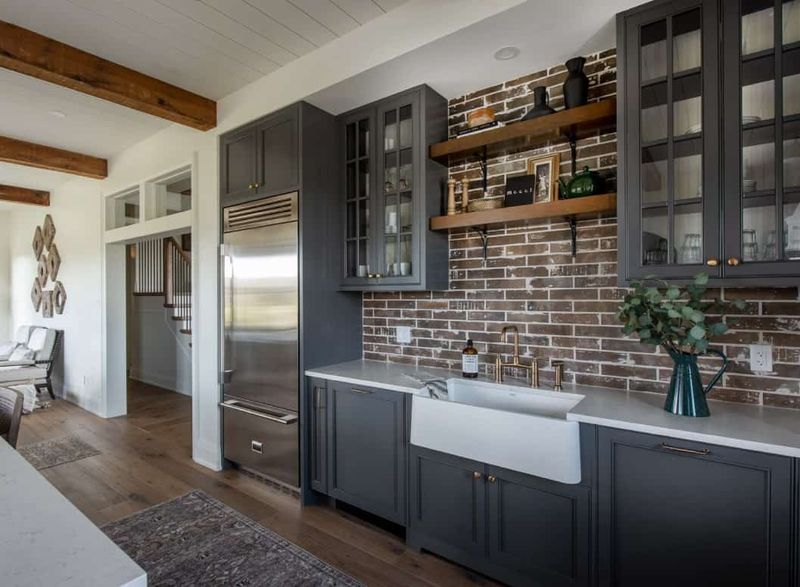
Those Instagram-worthy open kitchen shelves are disappearing faster than you can say “dust collector.” While visually appealing in professionally-styled photos, real-life homeowners have discovered the maintenance nightmare of constantly arranging and cleaning exposed dishes.
Upper cabinets with solid doors are making a welcome return, providing practical storage while maintaining clean sightlines.
14. Word Art Signs Lose Their Appeal
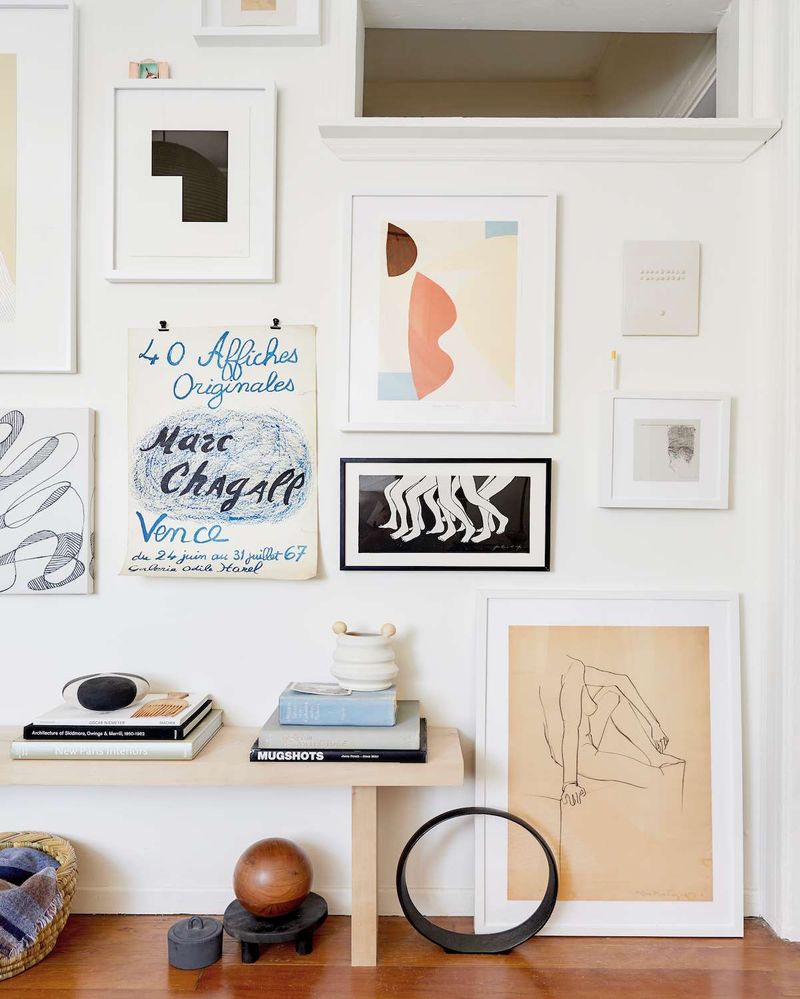
Those ubiquitous “Live, Laugh, Love” and “Blessed” signs are finally heading to donation centers. Generic word art that became the signature of the farmhouse trend has reached saturation point, with homeowners seeking more personal ways to express themselves.
In their place, people are hanging actual artwork, family photos, and vintage finds with genuine meaning. The shift reflects a desire for authenticity rather than mass-produced sentiments that could appear in any home across America.
15. RIP to Gray Everything
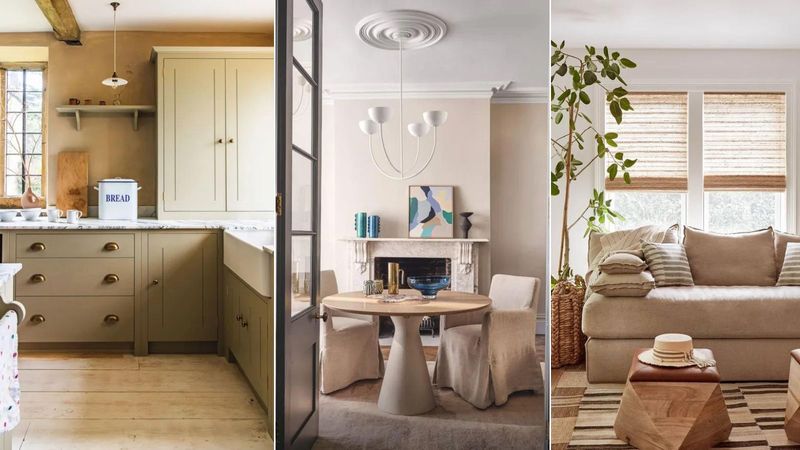
The gray tsunami that washed over homes throughout the 2010s is finally receding. From flooring to wall color to furniture, this cool neutral dominated to the point of creating cold, uninviting spaces.
Warmer neutrals like beige, taupe, and greige are stepping in, along with actual colors! The monochromatic gray-on-gray-on-gray approach has given way to layered, multidimensional color schemes.


